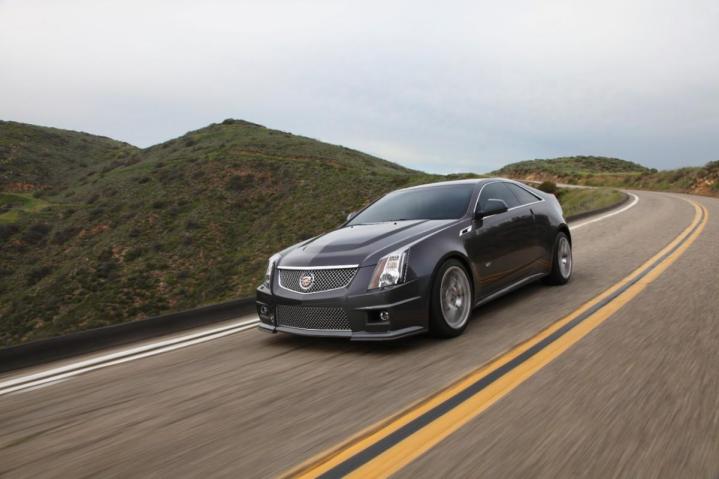
Back in January, we reported that Texas-based tuning company SNL Performance created a 1309-horsepower Cadillac CTS-V. This – at the time – was the most powerful CTS-V in the world. We cleverly (or not) pointed out that 1309 horsepower isn’t just more muscle than a Bugatti Veyron; it’s also 65 Ford Model Ts worth of oomph. It’s also more power than the Koenigsegg One:1.
Now SNL has outdone even itself, creating a CTS-V Coupe that has – brace yourself – 1,444 horsepower and 1361 pound-feet of torque at the rear wheels. That’s right this newest SNL creation is the latest ‘most powerful CTS-V in the world’.
With all that power being sent to the rear tires, we just hope the SNL CTS-V comes with a depleted uranium rear axle. Without one, the car might be undrivable in any real way. To be clear, though, we still would like to try.
Watching the video below, you can see the rear-end of the car tuck in as the revs quickly climb. It almost looks as if the car is trying to eat itself. Even the CTS-V seems uneasy with that much power.
How does the stock 556-hp CTS-V reach into the 1,400 pony range? SNL added a Mast Black Label Head, Wilson intake manifold, twin comp oil-less intercooler, and a Fore triple fuel pump system. I suspect with all these fuel-sucking additions that SNL CTS-V will pump through its 18-gallon fuel tank in around 30 miles.
Sure, SNL’s competitor, Hennessey Performance, is breaking world speed records, but its tuned CTS-V only makes a measly 1,200 horsepower. Plus, who really wants to go 270 mph anyway? I’d much rather do, say, 60-100 in 1.0 seconds.


